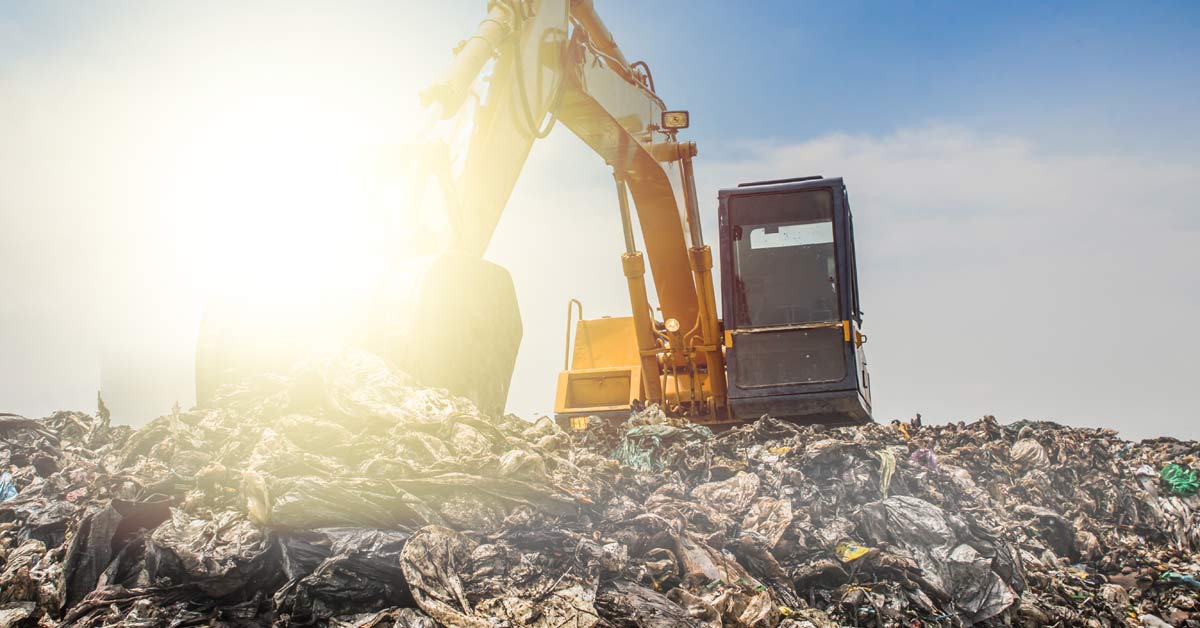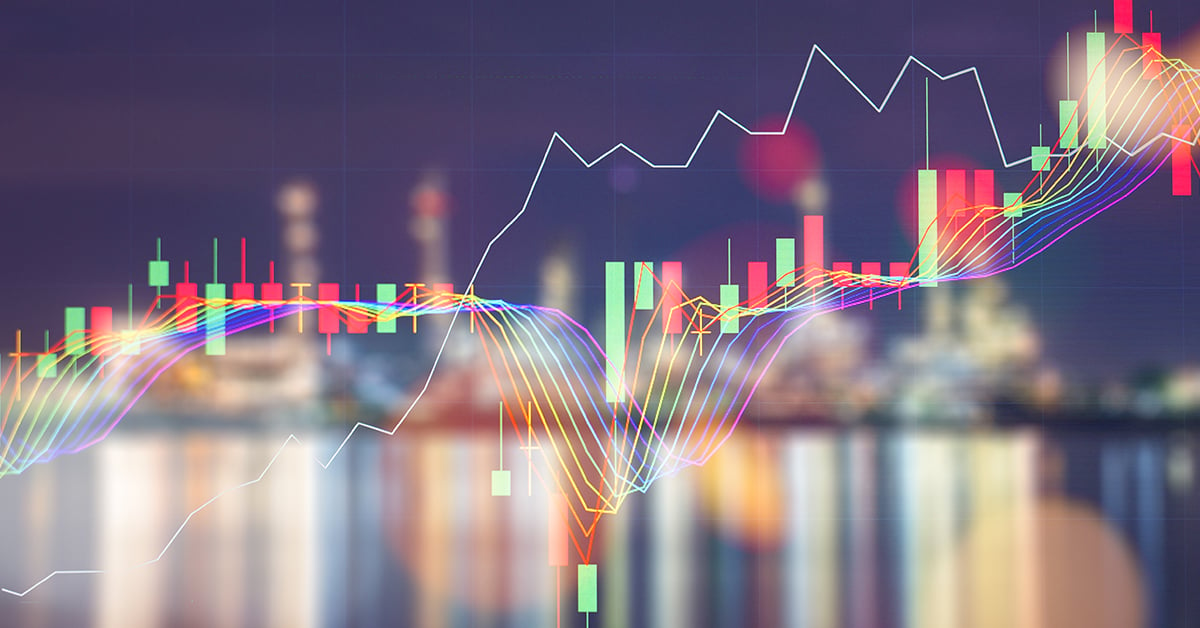2 min read
The New Reality of Sustainable Packaging: Balancing Consumer Demands, Compliance, and Cost
ResourceWise
:
Oct 29, 2025 11:19:32 AM

For packaging producers today, sustainability isn’t optional — it’s operational.
Regulations are tightening, consumer expectations are shifting, and the cost of compliance is climbing. The question is no longer “Do we need to focus on sustainability?” but “What do we need to do — and how do we do it profitably?”
The Shifting Landscape of Packaging Sustainability
The packaging industry is undergoing a transformation, with sustainability shifting from a secondary aim to a central business focus. Companies are managing the intricate balance between consumer preferences, regulatory demands, and profitability. Success hinges on how well they can adapt to these changing conditions.
1. Centering Sustainability
Across global markets, sustainability has moved from a marketing talking point to a market expectation. In the US and Canada, 37% of consumers have switched brands or walked away from purchases because of unsustainable packaging, according to a survey by Aura. This is a clear sign that eco-conscious decisions are shaping purchase behavior.
Younger consumers, especially, are more vocal about excessive or “performative” packaging. At the same time, trust in sustainability claims is fragile. Therefore, credibility now depends on transparent data, not just green messaging.
Sub-trends like end-of-life ingenuity and waste reduction are driving innovation — from recyclable paperboard to compostable coatings. Companies that invest early in sustainable paper alternatives are positioning themselves for long-term advantage, particularly as global plastic bans and circular economy targets accelerate.
2. Elevating Efficiency
Sustainability and efficiency are increasingly intertwined. High material costs and evolving Extended Producer Responsibility (EPR) laws have made packaging optimization an economic necessity.
To thrive under these pressures, brands must use data to pinpoint inefficiencies: which materials, suppliers, or production lines drive unnecessary waste or emissions? Efficiency upgrades not only reduce environmental impact but also lower fuel, energy, and logistics costs — directly improving margins.
3. Restoring Trust
As regulations evolve, so does skepticism. With each new eco-label and green claim, scrutiny intensifies. To restore trust, producers must ground their sustainability storytelling in verifiable data. Average or outdated information is no longer enough. Transparent reporting, third-party validation, and consistent benchmarking are key to demonstrating real progress.
4. Staying Ahead of Compliance
EPR programs, the Break Free from Plastic Pollution Act, and emerging regional definitions of “producer” are creating a fragmented compliance landscape. Navigating it demands clarity and precision — from understanding your state of sale to tracking recycled content availability.
The companies that succeed will do so by building strategies around:
- Accountability — meeting obligations and demonstrating traceability.
- Timeliness — being proactive rather than reactive.
- Transparency — using real, validated data instead of industry averages.
- Consistency — setting baselines and measurable targets.
- Adaptability — staying agile as market and policy conditions shift.
Driving Smarter, More Profitable Sustainability with FisherSolve®
The key to all of this — sustainability, efficiency, trust, and compliance — is data.
FisherSolve gives packaging producers and brands the intelligence they need to make those data-driven decisions confidently.
- Benchmark smarter: Compare your mill’s carbon, energy, and water use against industry peers to see where you truly stand.
- Validate supplier claims: Ensure your supply chain partners meet the same sustainability standards you promise to customers.
- Demonstrate leadership: Turn accurate emissions and water data into marketing and ESG proof points that inspire trust and attract investors.
- Stay compliant and proactive: Identify risks before they become penalties, using verified, region-specific insights.
In an era where packaging innovation and sustainability are inseparable, data isn’t just useful — it’s a competitive advantage.
Discover how FisherSolve can equip you with the essential intelligence to drive informed, confident decision-making.




